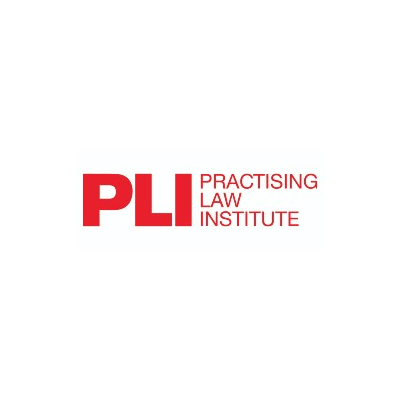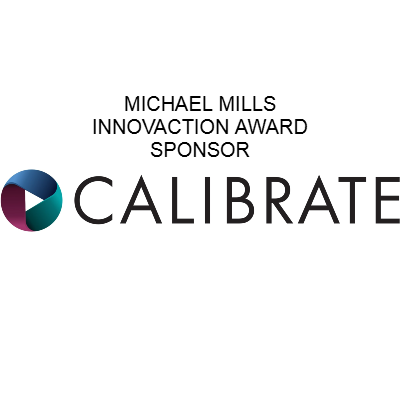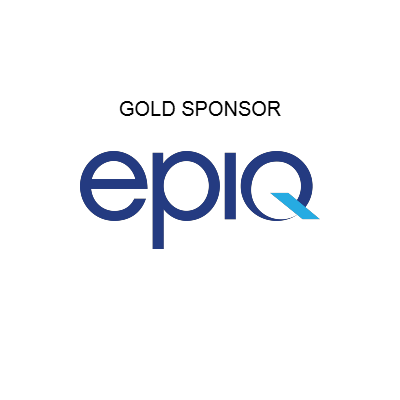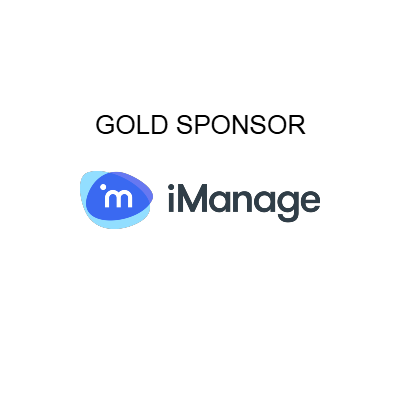UC, Irvine School of Law Consumer Protection Clinic California Monitor Program – 2013
The University of California, Irvine School of Law Consumer Protection Clinic received an InnovAction Award for the California Monitor Program. Consumer protection laws are notoriously under-enforced, constrained by not only the availability of legal services and government resources but also by the difficulties of consumers to frame their problems in legal terms. Restrictions on class actions also have limited the incentives for lawyers to analyze consumers’ problems in a collective framework. The California Attorney General appointed Professor Katherine Porter to be a watchdog for the landmark National Mortgage Settlement. Porter, an expert in consumer law, took a novel approach to ensuring consumers got the rights set forth in the Settlement. The California Monitor Program built from scratch an innovative system for how government responds to consumers seeking help. by Professor Katherine Porter 1. What goal were you trying to achieve? We were tasked with assessing, monitoring, and working with the financial institutions on their legal compliance with consumer protection laws, including the National Mortgage Settlement. We set out to assist a huge group of people through innovations in consumer complaint processing. We analyzed and responded to a high volume of individual complaints to identify non-compliant bank behavior and help consumers get foreclosure relief. But we also made sure to maximize the reach of consumer relief in the Settlement to as many homeowners as possible. We were relentless in questioning the banks at every turn – “Have you considered this group?” or “Were these people left out?” or “Reach out to them again.” We knew families were in trouble and we wanted to make sure as much help got out as quickly as possible. 2. Why was it important? It’s not enough to sign a $25 billion deal. You really have to hold the banks accountable to their promises. Holding the institutions accountable builds citizen trust in government and encourages them to speak up. And when we started, the consumer demand for help was overwhelming. We needed to scale up help to match the problem. 3. How did you gather the internal support, resources and personnel to make it happen? Was there resistance? General Harris gave me the role of independent monitor, the freedom to create a new model, and the confidence that I could. My new model of government-academic partnership embodies research and start-up agility; I built the team myself, hiring young professionals and creating a Consumer Protection Clinic to inspire a new generation of consumer protection lawyers. A huge source of support came from the UC Irvine School of Law. The school helped us not to have to spend a lot of time building protocols from scratch. Instead, we could focus on starting up the policy side of our work in addition to focusing efforts on helping homeowners immediately. 4. What was the most satisfying aspect of making your project a reality? One satisfying aspect is receiving appreciative letters from homeowners, especially when they compliment our explanations of the law, even when we had to tell them why they didn’t qualify for help under the Settlement. Other very proud moments for me were seeing the successes my staff had, from a six-figure check to one family as compensation for a flawed process to having banks expand eligibility to thousands of additional homeowners for loan modifications. Early on in the Settlement, American Banker wrote on our monitoring of the Settlement and California’s share of its benefits. The piece was called “The State That Ate the National Mortgage Settlement.” 5. How have you measured the success of your innovation over time? We rely on both external and internal sources. We’ve received comments from the banks about how our feedback and ideas, especially on homeowner communication, has influenced their practices. We often get inquiries from other agencies, local and national, who see us as a resource. We are currently working on a program evaluation survey to gather data on which aspects of our process make the biggest difference to consumers. 6. How have your lawyers, staff and clients responded to this innovative accomplishment? The team is still hard at work, 21 months later. Their continued passion and energy reflects their sense of pride in their work. Because our “clients” are individuals who complain regarding problems with the loan modification application process, we don’t want repeat clients. We do see many word-of-mouth referrals from people who heard about us through friends or family, which is a testament to the value homeowners see in our work. 7. What has been the reaction from your competitors, or from the local legal community and media? It’s been exciting to start relationships with the organizations that for a long time have been working hard on the ground with struggling homeowners. They’ve been enthusiastic about having a go-to resource and learning more about the Settlement and our approach. Advocates and government constituent services have asked us to present at dozens of events. We really value those partnerships and want to expand the success of our model to others. Last year, I was invited to speak at the Conference of Western Attorneys General (CWAG) and shared our program’s work with other states. We’ve had other agencies – federal, state and local – reach out to us about our efforts. We’ve also had interest in our work and reports from local and national media. 8. What advice do you have for others who might wish to make something new happen in their law practice or firm? You have to walk the line between people (hiring and motivating) and process (taking a step back from people to see how the pieces fit together). This is true of any organization but much harder when you are building something and making changes for improvement. Change is both fun and scary. You have to respect both those feelings in your staff and in yourself as a leader. 9. Is there anything else you’d like to share with our readers about your experience with this project? I came to this project as an academic. I wanted to rethink legal services for consumers in part because I am a teacher of future lawyers. It also was very important for me to serve because I am a professor at a public university. |












